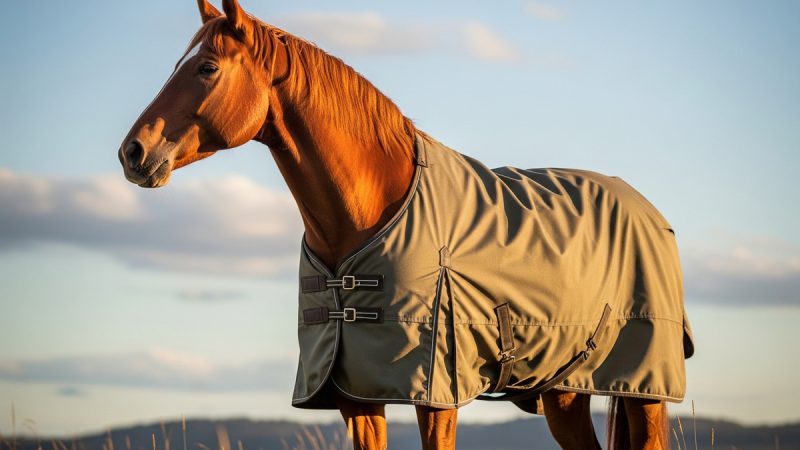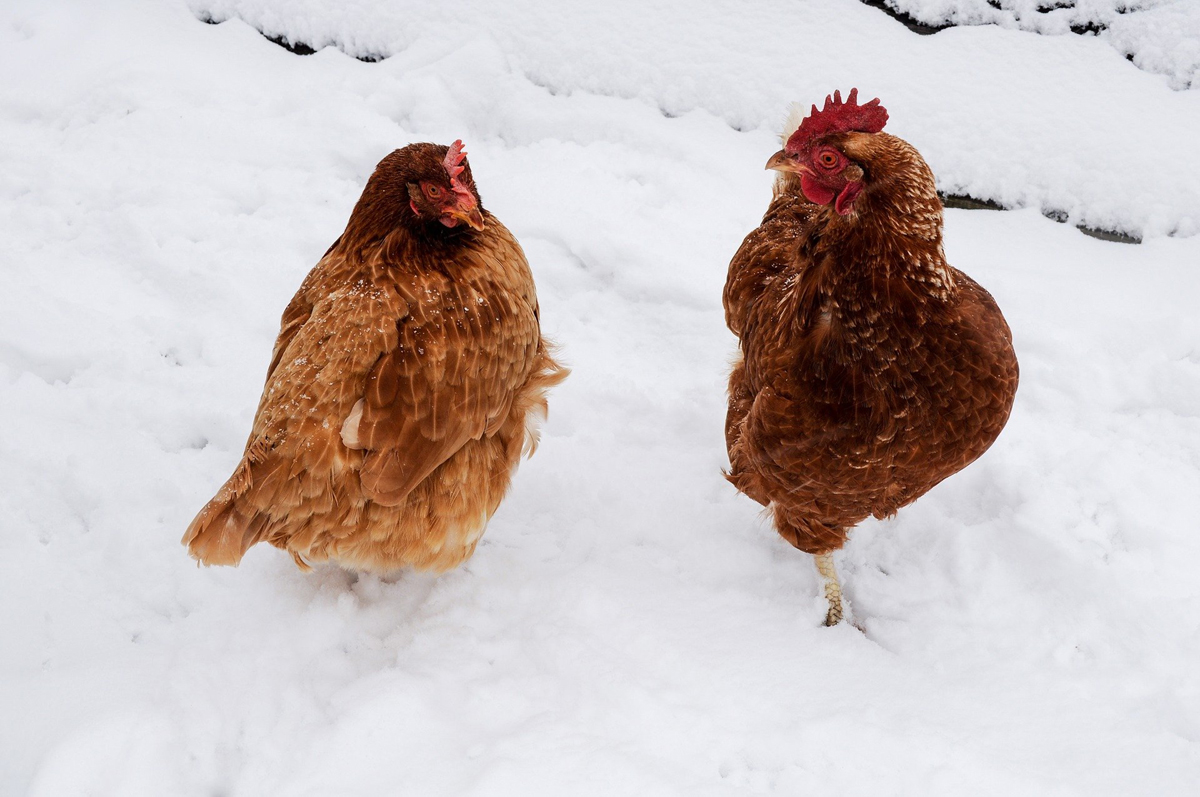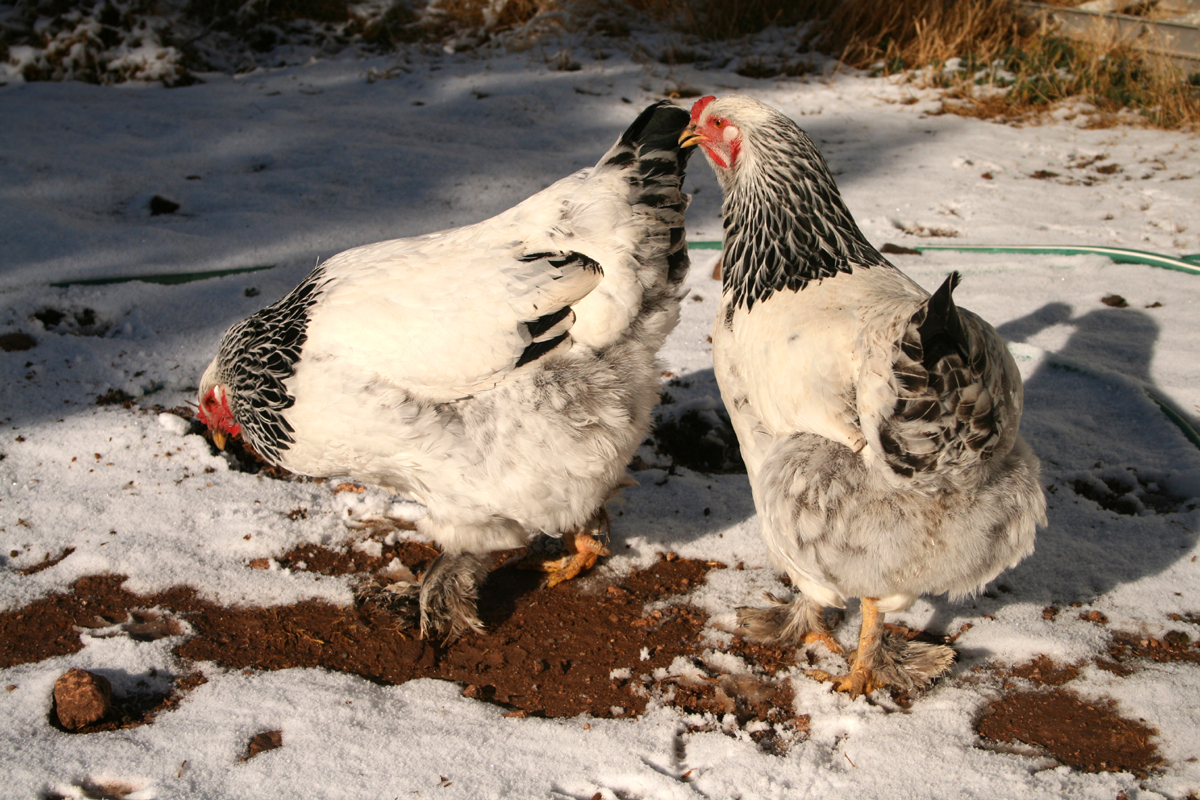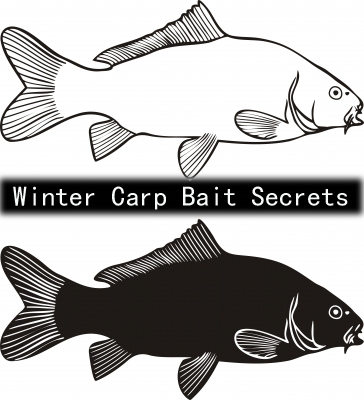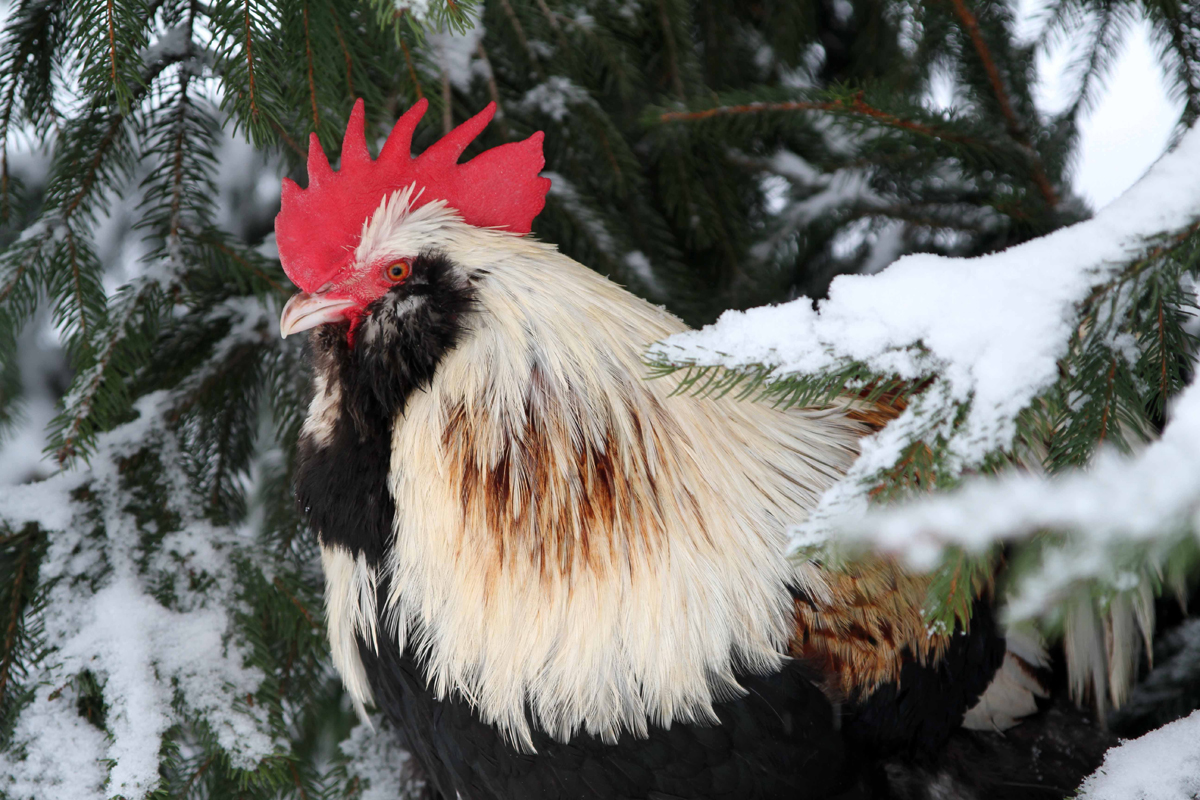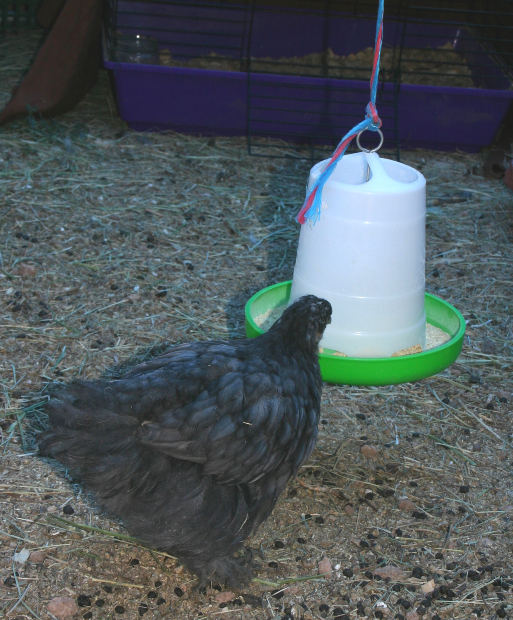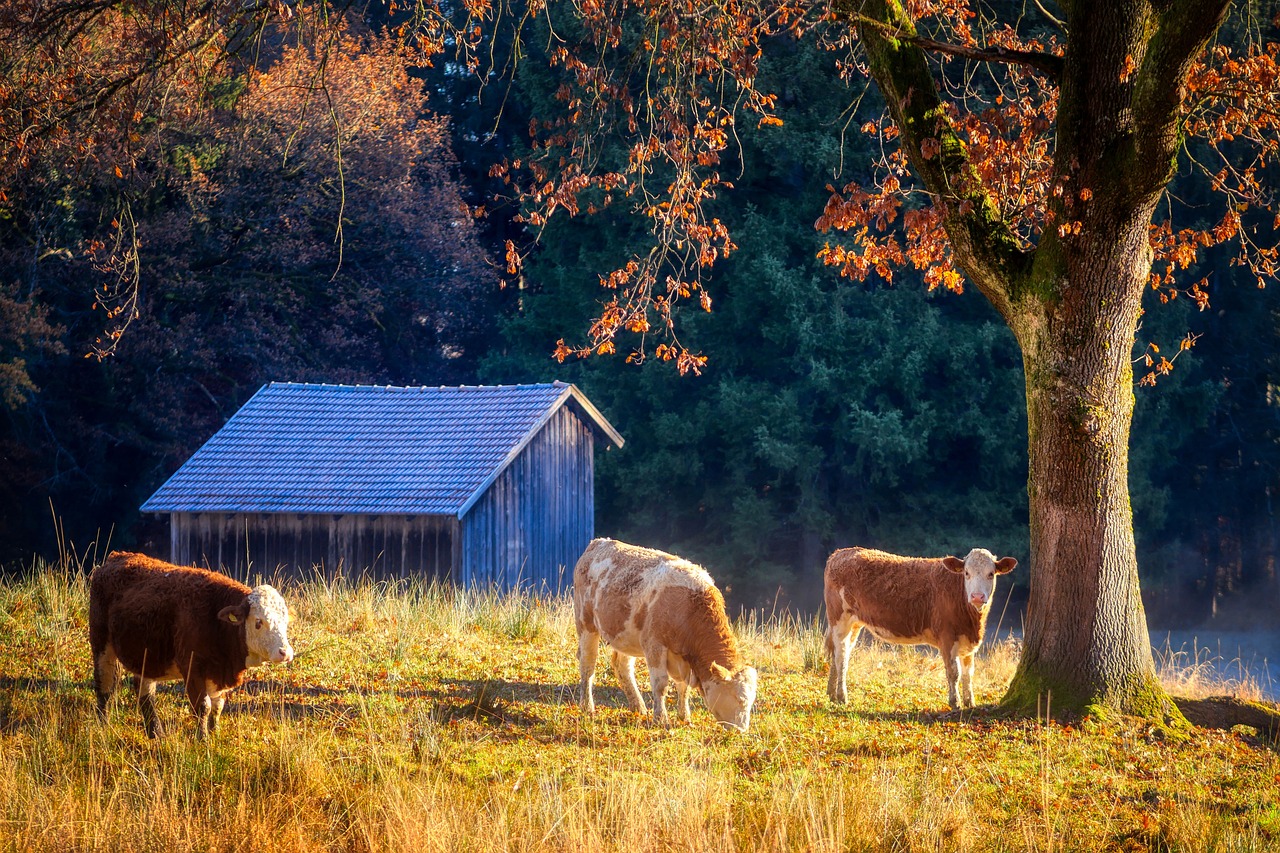Easy Horse Manure Management
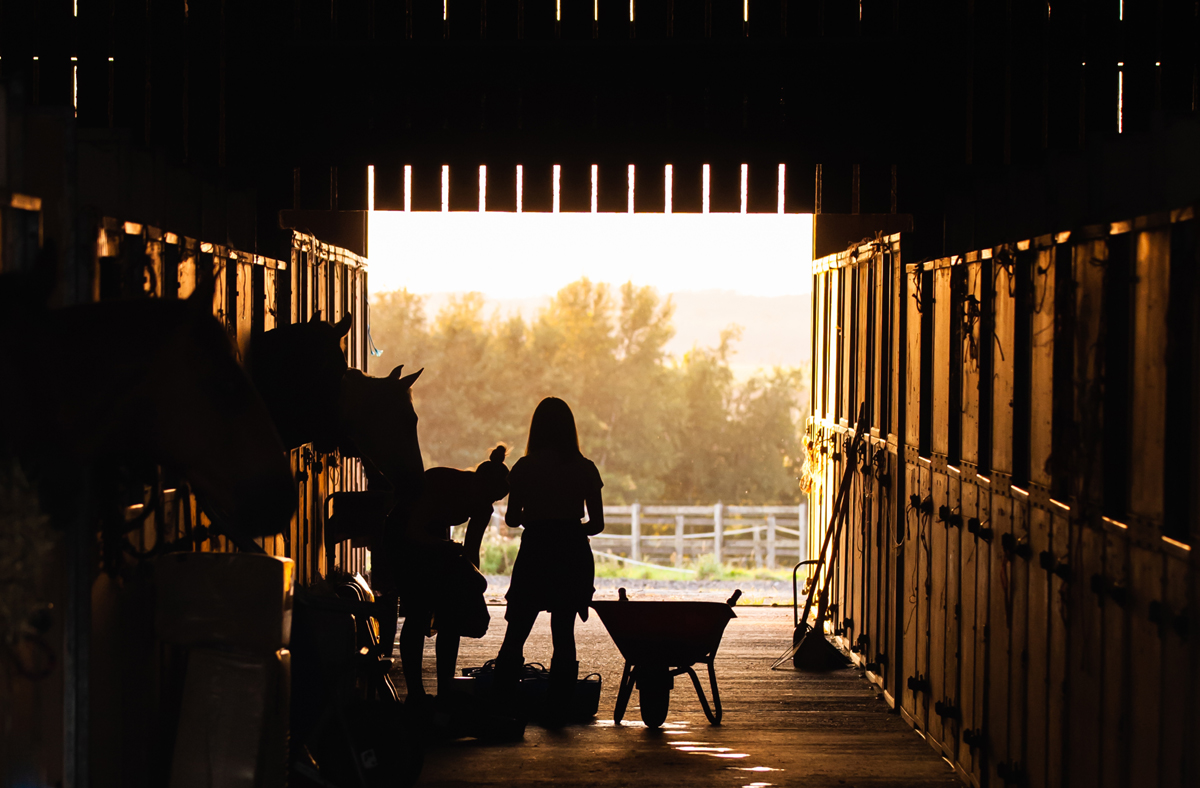
To keep your horse healthy, you need to manage your horse manure. By removing manure daily, you prevent water contamination, horse parasites and stable flies.
I have a neighbor who can’t be bothered with manure management. Their pastures are filled with weeds and they have a huge manure pile that smells so bad, you can’t stand to spend more than a few minutes in their yard. The flies are horrendous. Occasionally the husband will use his tractor to scoop up the piles and dump them in a ravine. This is not manure management. In fact, it is extremely unhealthy for both horses and humans.
Why Manage Your Horse Manure
If you do not pick up your horse manure regularly, runoff can carry bacteria from manure to nearby wells, lakes and streams. In addition to E. Coli, viruses, parasites, C. Parvum, and Giardia are found in horse manure.
Stable flies breed in manure. If you keep your horse manure managed, you can reduce stable flies significantly.
Horse parasites live in manure. If they are allowed to develop, they infest the pasture and your horse ingests them while he grazes.
Collecting Horse Manure In The Paddock
We call it scooping poop. Armed with my manure fork and my wheelbarrow, I hit the paddock once a day. With two horses, the chore takes about 15 minutes.
On days that the horses are confined to the paddock (winter months and wet days), it is an enjoyable task because the horses are happy to see me and I get to spend some time with them.
Once the wheelbarrow is full, it is dumped on the composting pile.
Do I beat myself up if I miss a day of scooping poop? No. It happens. I occasionally have other commitments and must let it set for a day or two. In the wintertime, weather can keep me from scooping poop for a few days. But, once a day is the goal and I stick as close to it as I can.
Essential Fundamentals of Proper Horse Hoof Care
Horse Manure Piles
Once you’ve scooped the poop and dumped it in piles, what can you do with it?
Find a horse manure hauler. If you can find a hauler in your area, they will haul your horse manure away for you. Some will drop a container for you to fill, others bring a loader to pick up your pile.
Other horse owners are lucky enough to find a neighboring farmer who is happy to take the manure for spreading on his fields.
We compost.
A 15 X 50 slab of cement allows me to have three composting bins. (You don’t need the cement slab, but I would recommend it).
I seldom turn my compost piles. Instead I insert perforated PVC’s in the pile to provide aeration to the pile. It takes a little longer to compost, but saves me the work. The only work involved in composting is the actual hauling of the horse manure and ensuring that the pile remains moist, but not wet.
To test for moisture, I pick up a handful and squeeze, I want to see a little moisture. If I don’t see a few moisture drops, I need to add a little water to the pile. If my pile smells sweet, I know that the composting process is working.
An unpleasant odor tells me that the pile is too wet. I simply cover the pile with a tarp to keep moisture out.
My Horse Manure Composting Bins:
Bin number one contains horse manure that is eight to ten months old. This is composted. The volume has been reduced to about half. Fly eggs, larvae, weed seeds and pathogens have been killed.
We can give it away (there really isn’t that much to sell), or we can use it on our lawn or garden. If I still have some left over after using and giving away what I can, spreading it on our pastures is safe and helps the pastures. The composted horse manure looks a lot like dirt. It helps hold water in, and since all the bad stuff has been killed, it is safe to use on the pasture.
Bin number two contains horse manure that is three to seven months old. It has perforated PVC pipes stuck in it so air can get to the center of the pile. This bin is in the process of composting. I am not adding horse manure to this pile; I am simply waiting for it to compost. I regularly check for moisture content by squeezing a handful and by the “sniff test”. (You can speed up composting by turning the pile regularly).
Bin number three is my fresh dumping pile. This is the pile that I dump my daily haul into. It has perforated PVC piles and I do make sure it gets enough water (but not too much).
Once I have gotten rid of all the compost from bin number one, it becomes my new bin number three (the one I start dumping fresh manure into).
Bin number two becomes my bin number one (ready to use).
And Bin number three (the one I have been using to dump) becomes bin number two (in the process of composting).
It’s a really easy process, requires hardly any work, and keeps me and my horses safe and healthy.
The Author:
Di Stalter is a certified parenting class instructor and works for “Focus On Kids Parenting Classes”, an online parenting class.


